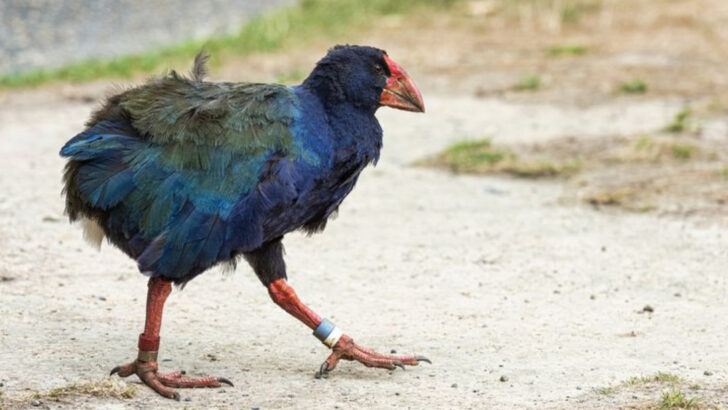Some birds are so rare, they might as well be ghosts with feathers.
We’re talking about the elusive, the vanishing, the nearly mythical creatures that birdwatchers dream about and most people will never lay eyes on—even once.
They live in remote jungles, icy cliffs, or shrinking islands. Some are down to their last handful of individuals. Others just know how to stay hidden, like nature’s stealthy little secrets.
If you’ve ever wondered what it takes to spot a bird few humans have ever seen, you’re about to find out. These 14 rare birds are not just beautiful—they’re legendary.
Spix’s Macaw

With its brilliant blue plumage, the Spix’s Macaw captivates anyone who catches a glimpse. Once thought extinct in the wild, recent conservation efforts have sparked hope for its survival. This parrot’s story is a testament to resilience and human intervention.
Living in the heart of Brazil, the Spix’s Macaw was decimated by habitat loss and illegal trapping. Efforts to reintroduce it into the wild are ongoing, fueled by a global fascination with this enigmatic bird.
Known for their intelligence and social nature, these macaws form close bonds, enhancing their allure.
Kakapo
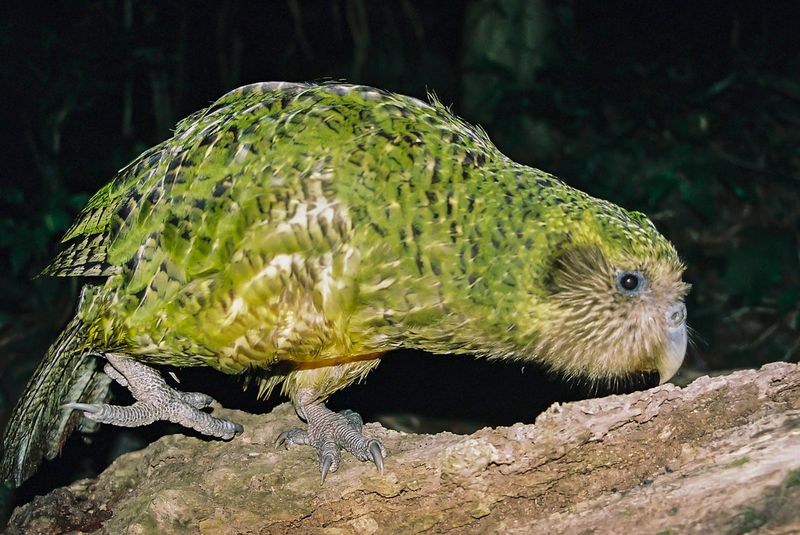
The Kakapo has an endearing charm with its hefty build and owl-like face. This nocturnal parrot from New Zealand is the world’s heaviest parrot and cannot fly.
Once widespread, it’s now critically endangered, with efforts in place to ensure its survival. Night-dwelling and herbivorous, the Kakapo’s quirky traits include a booming mating call that echoes through forests.
Uniquely, each Kakapo has a distinct personality, further adding to its intrigue. Conservationists work tirelessly to protect this bird, often referred to as a ‘living treasure’ of New Zealand.
Philippine Eagle

Majestic and rare, the Philippine Eagle is a symbol of strength and grace. With its striking crest and fierce gaze, this apex predator dominates the skies over Philippine forests.
Sadly, deforestation and hunting have pushed it to the brink of extinction. Conservationists are dedicated to preserving this national bird, known locally as the ‘Monkey-eating Eagle.’
Its impressive wingspan allows it to glide effortlessly through the tree canopy, searching for prey. Witnessing the Philippine Eagle is a privilege, reminding us of nature’s raw power and beauty.
Spoon-billed Sandpiper
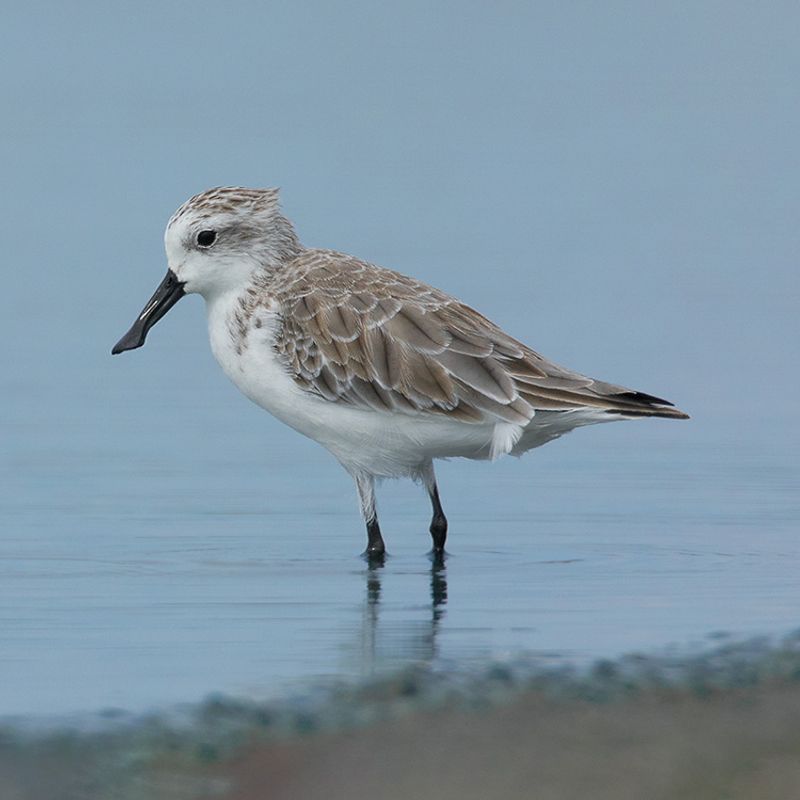
Tiny yet remarkable, the Spoon-billed Sandpiper enchants birdwatchers with its distinctive bill. Breeding on the remote coasts of eastern Russia, this bird’s survival is precarious.
Its spoon-shaped bill is perfectly adapted to forage in mudflats. Habitat loss and climate change threaten its existence, prompting urgent conservation efforts.
During migration, these sandpipers travel vast distances to Southeast Asia, showcasing incredible endurance. Observing one is a rare delight, a testament to the wonders of avian adaptation.
Stresemann’s Bristlefront

The Stresemann’s Bristlefront is a mystery wrapped in feathers. This elusive bird, found in Brazil’s Atlantic Forest, is almost mythical in its rarity.
Its unique bristle-like feathers around the beak make it stand out. Habitat destruction has driven it to the edge of extinction, with only a handful known to exist.
Efforts to preserve its environment are crucial for its survival. The Bristlefront’s ethereal presence continues to intrigue ornithologists and conservationists alike, highlighting the urgent need for habitat conservation.
Javan Hawk-Eagle
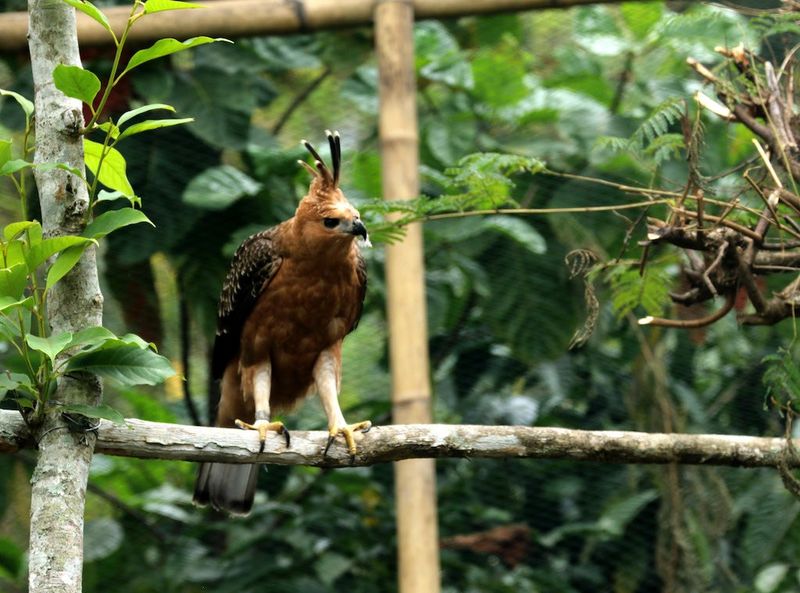
The Javan Hawk-Eagle embodies elegance and precision. Endemic to Java, Indonesia, this raptor is celebrated for its striking appearance and fierce hunting skills.
Its distinctive crest and piercing eyes are iconic, embodying the spirit of wild Indonesia. Deforestation and habitat loss have made it vulnerable, sparking conservation efforts.
This eagle’s role as a top predator maintains ecological balance in its habitat. Observing the Javan Hawk-Eagle is a rare experience, offering a glimpse into the beauty and diversity of Indonesia’s wildlife.
New Zealand Rock Wren

The New Zealand Rock Wren, with its dainty stature, hops gracefully among alpine rocks. This small bird is a symbol of survival against the odds, enduring harsh mountain winters.
Endemic to New Zealand, it’s one of the country’s few remaining truly alpine birds. Conservation efforts seek to protect its fragile mountain habitat from invasive species.
Its cheerful disposition and resilience make it a beloved symbol of New Zealand’s wildlife. Spotting a Rock Wren is a cherished moment for those exploring New Zealand’s rugged landscapes.
Forest Owlet
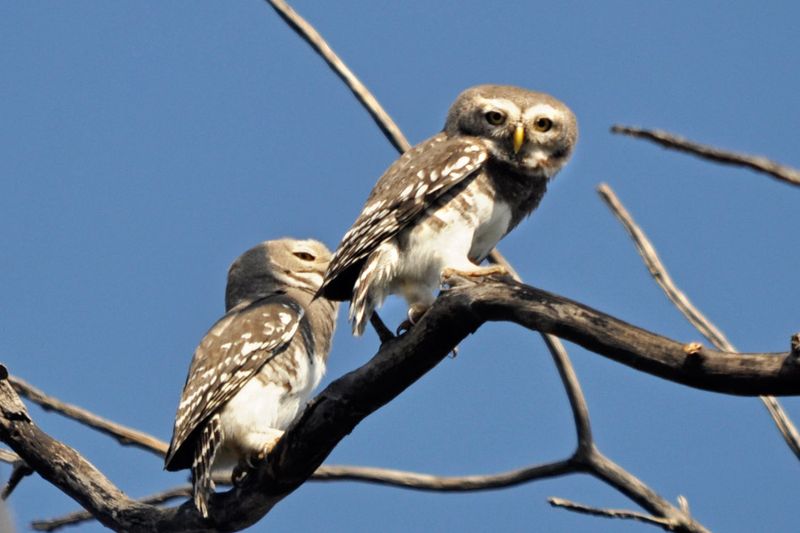
The Forest Owlet captivates with its piercing yellow eyes and diminutive form. Once thought extinct, this small owl was rediscovered in central India, sparking excitement in the ornithological world.
Its elusive nature and rarity make sightings precious. Habitat destruction continues to threaten its existence, necessitating dedicated conservation efforts.
Despite its size, the Forest Owlet commands attention and respect. Its rediscovery serves as a beacon of hope, reminding us of the hidden wonders within our world’s forests.
Kirtland’s Warbler
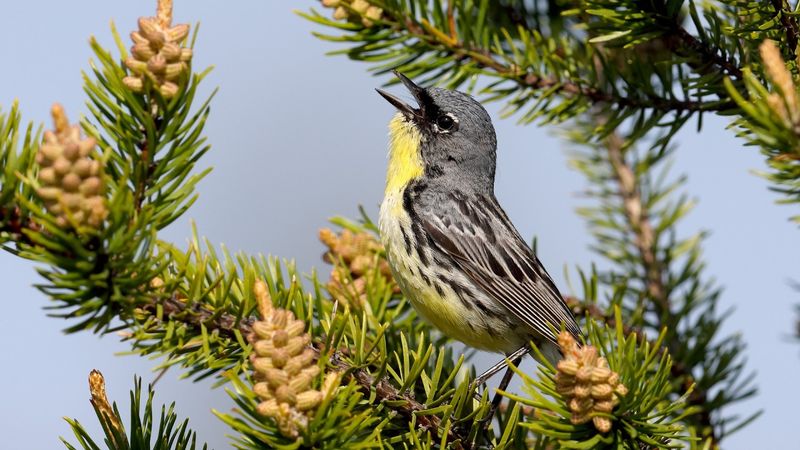
With a flash of yellow, the Kirtland’s Warbler enchants anyone lucky enough to hear its song. This small songbird breeds exclusively in young jack pine forests in Michigan, USA.
Its nesting habits are unique and highly specialized, contributing to its rarity. Efforts to protect and restore its habitats have been successful, leading to a slow recovery.
The Warbler’s cheerful song and vibrant colors make it a favorite among birdwatchers, symbolizing hope and resilience in conservation.
Chinese Crested Tern
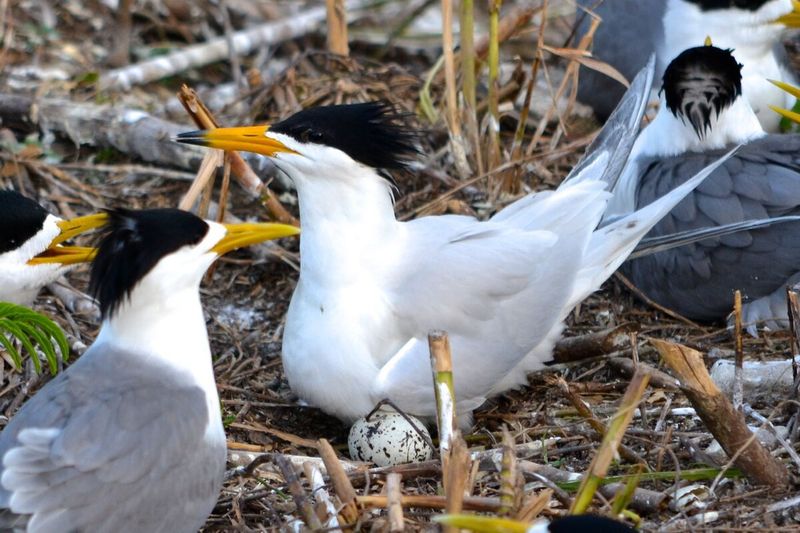
The Chinese Crested Tern is a marvel of marine life. With its striking black crown and elegant form, it graces the coastal waters of China.
Once feared extinct, conservation efforts have uncovered small populations. Its breeding sites are closely monitored, aiming to boost numbers.
This tern’s graceful flight over the ocean waves is a rare spectacle. Observing the Chinese Crested Tern offers a glimpse into the delicate balance of marine and avian ecosystems.
Takahe
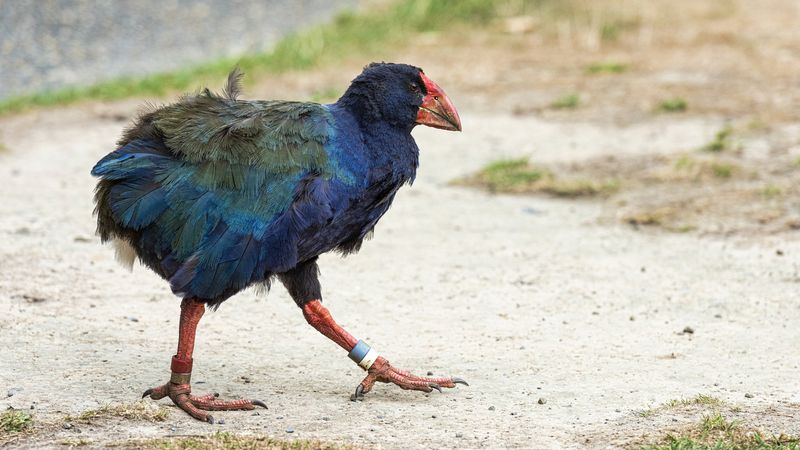
The Takahe is a story of rediscovery and revival. This flightless bird, once thought extinct, was found thriving in New Zealand’s remote mountains.
Its vibrant blue and green plumage stands out against the grasslands. Intensive conservation efforts have preserved its small population.
The Takahe’s story inspires hope and highlights the importance of perseverance in conservation. Encountering one is a reminder of nature’s resilience and the wonders yet to be discovered in our world.
Bengal Florican

The Bengal Florican is a dance of survival. This striking bustard, known for its unique courtship displays, inhabits the grasslands of India and Nepal.
Loss of habitat has gravely endangered its existence, prompting dedicated conservation efforts. The Florican’s elaborate mating dance is a rare spectacle, captivating those fortunate to witness it.
Protecting its grassland habitat is crucial for its continued survival. The Bengal Florican stands as a symbol of the delicate dance between preservation and extinction.
Orange-bellied Parrot
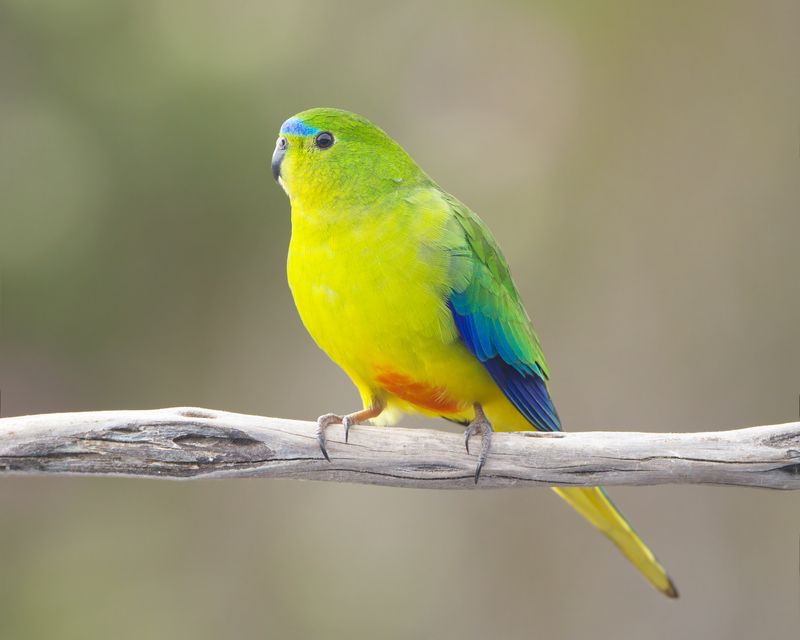
The Orange-bellied Parrot is a splash of color against the coastal Australian landscapes. This small parrot’s brilliant orange belly and vivid greens make it a visual delight.
Critically endangered, it faces threats from habitat loss and predation. Intensive efforts are underway to boost its population through captive breeding.
Its migratory journey across coastal regions is a testament to its resilience, captivating those lucky enough to spot it. The parrot’s vibrant presence highlights the fragile beauty of Australia’s natural heritage.
Himalayan Quail
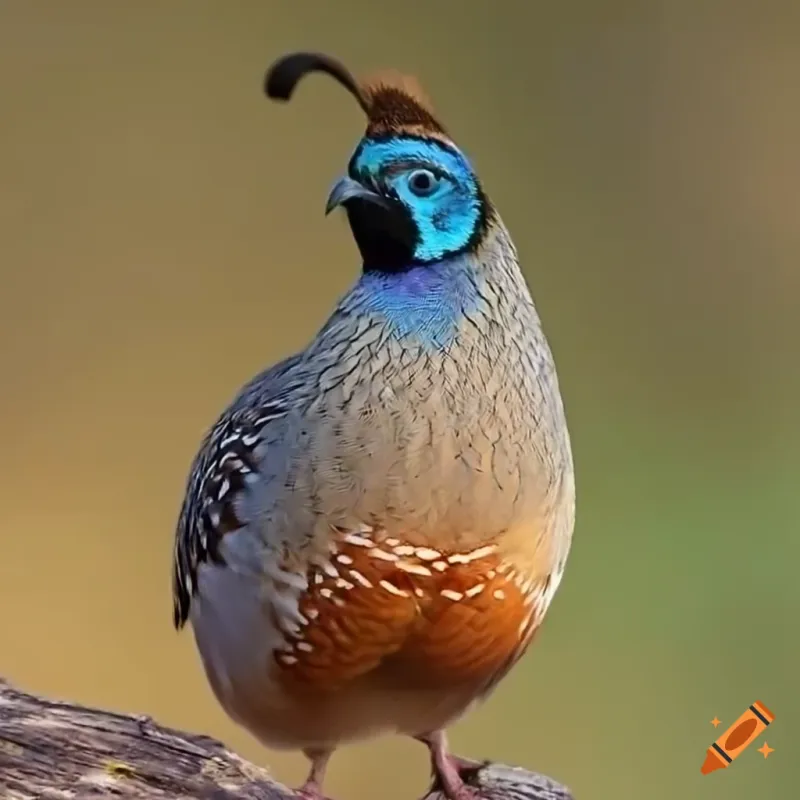
The Himalayan Quail, a bird shrouded in mystery, was last officially recorded in 1876. Known for its striking grey and black plumage, this elusive bird resides in the misty foothills of the Himalayas. Its small size and secretive nature make it incredibly challenging to spot.
Typically found in dense grass and underbrush, it thrives in a niche environment, favoring the cool, temperate climate of its mountainous home. Conservationists continue to search for this enigmatic bird, hoping to learn more about its habits and current status.
Could the Himalayan Quail still be out there, hiding in the shadows?

